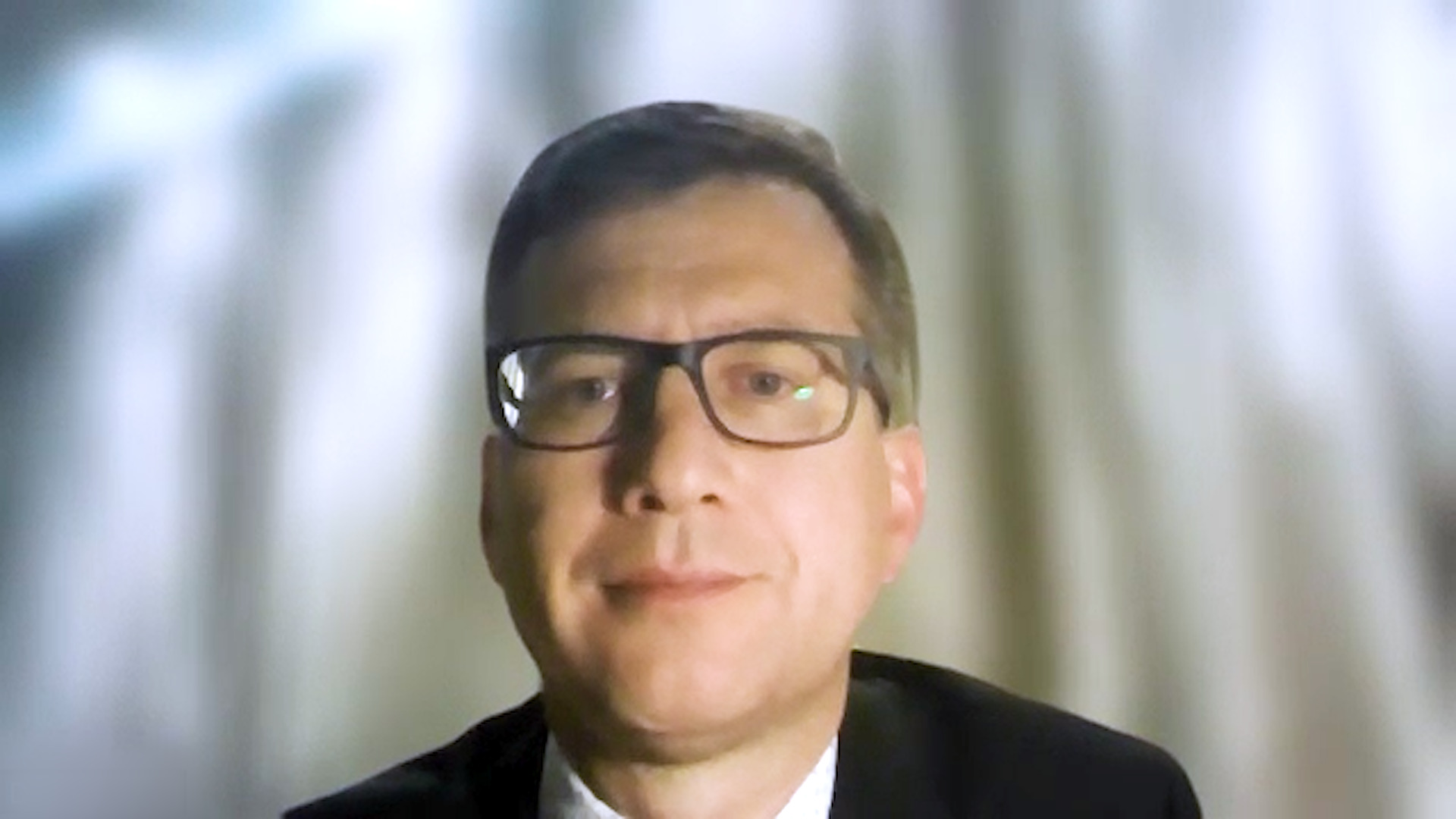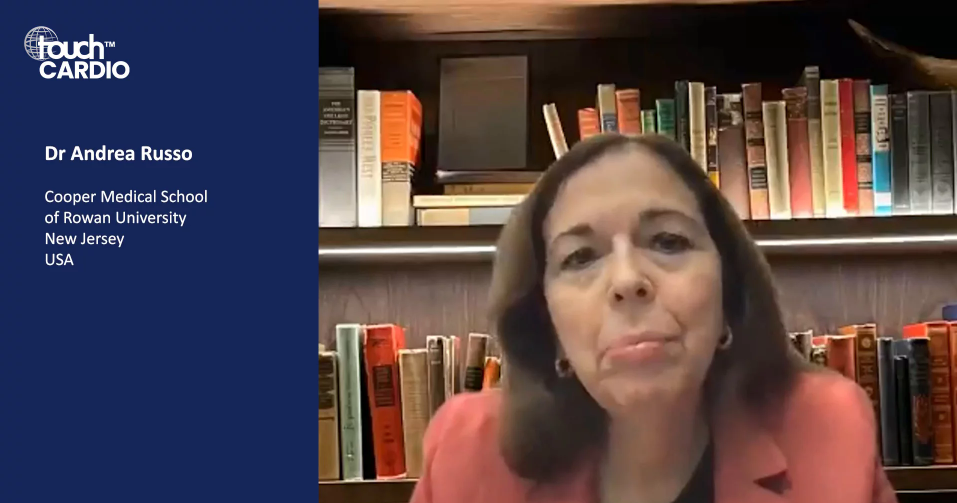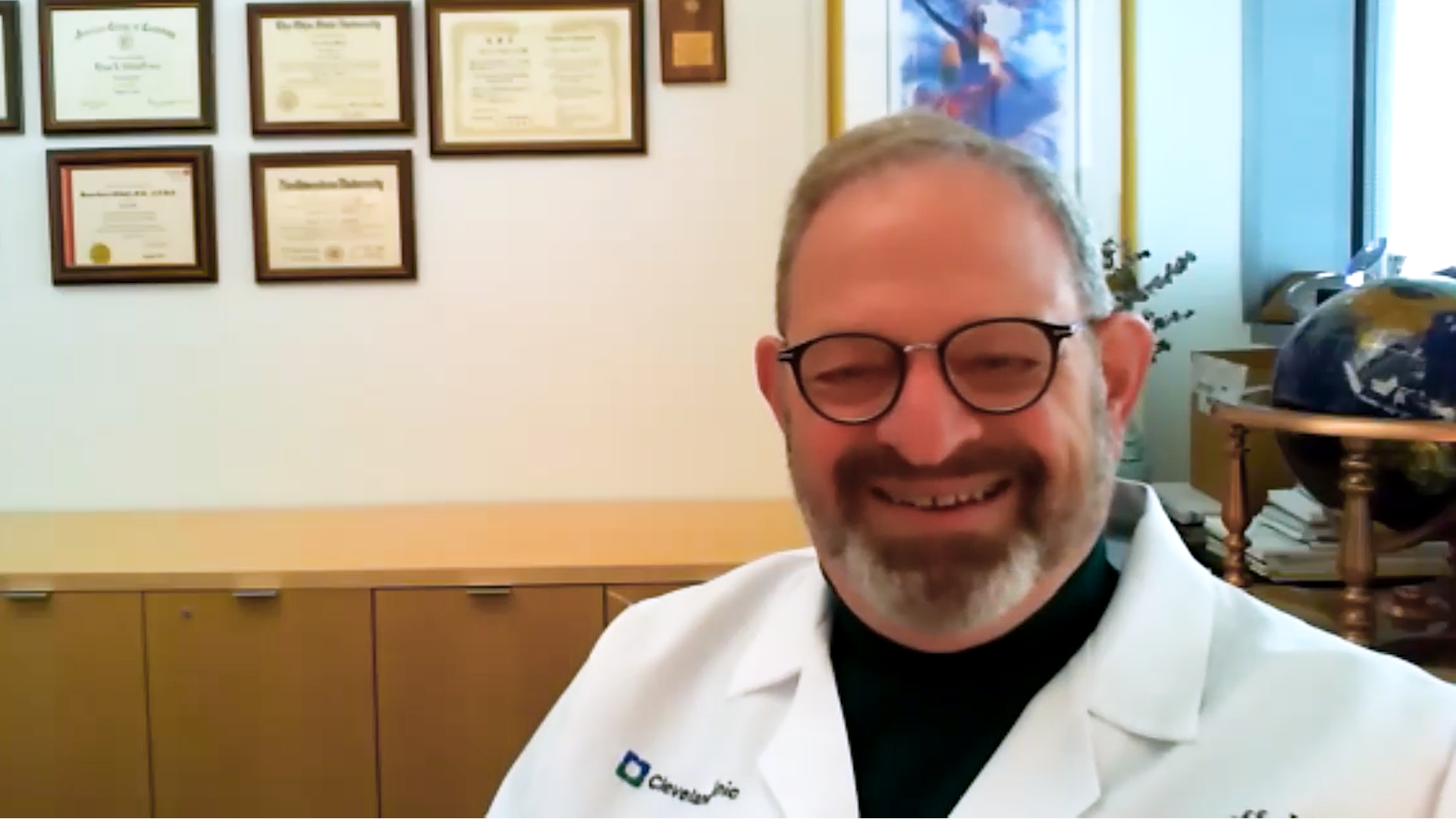Roland Tilz, EHRA 2023: The POTTER AF registry, investigating oesophageal fistula formation following atrial fibrillation ablation
The POTTER AF registry looked at oesophageal fistula formation following atrial fibrillation ablation, with focus on the real world incidence, characteristics, optimal management and patient outcomes. In this touchCARDIO interview, we speak with Professor Roland Tilz (University Heart Center Lübeck, University Hospital Schleswig-Holstein, Lübeck, Germany) to discuss the results of the POTTER AF registry and their clinical significance.
The abstract entitled ‘Oesophageal fistula formation in patients undergoing catheter ablation’ was presented at the European Heart Rhythm Association congress, 16–18, April 2023.
Questions:
- Can you give us a brief overview of oesophageal fistula formation as a complication of atrial fibrillation? (0:17)
- What are the aims, design, and eligibility criteria of the POTTER AF registry? (0:47)
- What were the key findings? (2:15)
- What is the potential clinical significance of these findings? (4:56)
Disclosures: Roland Tilz is a consultant for Biosense Webster, Biotronik and Boston Scientific, and has received speaker honoraria from Abbott Medical, Biosense Webster, Boston Scientific and Medtronic.
Support: Interview and filming supported by Touch Medical Media. Interview conducted by Danielle Crosby.
Filmed as a highlight of EHRA 2023
Access more content on atrial fibrillation here
Transcript:
My name is Professor Roland Tilz. I’m the director of the Department of Rhythmology at the University Hospital in Lubeck, Germany.
Q. Can you give us a brief overview of oesophageal fistula formation as a complication of atrial fibrillation?
Oesophageal fistula formation is a very rare complication following AF ablation and it is basically a fistula formation between the oesophagus and the mediastinum, or the left heart. Typically, it occurs a few days or up to 2 months after ablation. However, the best management so far is unknown.
Q. What are the aims, design, and eligibility criteria of the POTTER AF registry?
The POTTER AF registry is a worldwide survey. The aim of this study was to investigate the real world incidence, characteristics, optimal management and outcome of oesophageal fistula formation following treatment of atrial fibrillation. It is an international multicentre registry conducted from the Department of Rhythmology at University Heart Centre in Lubeck, under the auspices of the working group of cardiac electrophysiology of the German Cardiac Society.
In total, 609 centres were contacted worldwide and 240 centres from 35 countries responded to the survey. In total, 138 cases were identified. In these centres, more than half a million procedures for AF were performed. The inclusion criteria were all patients with oesophageal fistula formation after catheter ablation for atrial fibrillation treatment. This means patients with oesophageal fistula, patients with oesophageal pericardial fistula and patients with oesophageal perforation. There were no exclusion criteria.
Q. What were the key findings?
In this study, 214 out of 609 centres responded to the survey. These centres were located in 35 countries, and performed a total of more than 550,000 ablation procedures. Overall, 138 patients with oesophageal fistula were identified. This means the overall incidence was 0.025%, meaning that 25 out of 100,000 patients treated for atrial fibrillation had an oesophageal fistula formation. It appears to be a pure radiofrequency (RF) problem, since 38 out of 100,000 patients treated with RF had an oesophageal fistula formation, whereas only 15 out of a million patients treated with cryoballoon ablation had an oesophageal fistula formation.
We also found that you have to do something. The mortality rate is very high; 66% of all patients died. If you treated the patient conservatively, the mortality rate was almost 90%. Whereas if the patients were treated with oesophageal endoscopic treatment, the mortality rate was 57%. If treated surgically, the mortality rate was 52%. So if you find out they have an oesophageal fistulation formation, you have to treat the patients urgently in order to improve survival. The dominant presentation was fever, dysphagia and chest pain, which was obvious in more than 50% of all patients. Also, neurologic deficits were found in almost every second patient. The diagnostic modality was a CT scan in more than 80%. So a CT of the chest in more than 80%, followed by cerebral CT or MRI, which was diagnostic in more than 35% of all patients.
Q. What is the potential clinical significance of these findings?
The significance, or the clinical implications, of this study are very significant to my daily practice. Number one, you may reconsider your energy of choice. At present time, RF is the dominant energy source for patients undergoing AF ablation. Pulsed field ablation and cryo-energy appear to have a much better safety profile in terms of oesophageal formation. Number two, you have to look and think of this important complication. So if a patient is presenting with dysphagia, fever, neurologic deficit, you have to perform a CT scan in order to diagnose or exclude oesophageal fistula formation. Finally, number three, you have to identify these patients early in order to be able to treat them aggressively, either by stenting or by oesophageal surgery. If you do not treat them invasively, the mortality rate is 90%.
Subtitles and transcript are autogenerated







